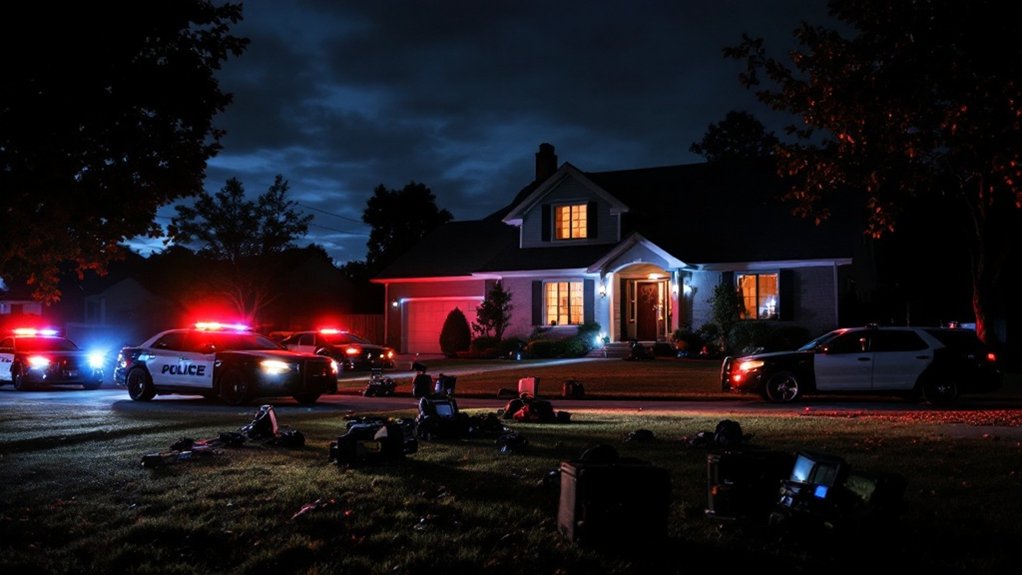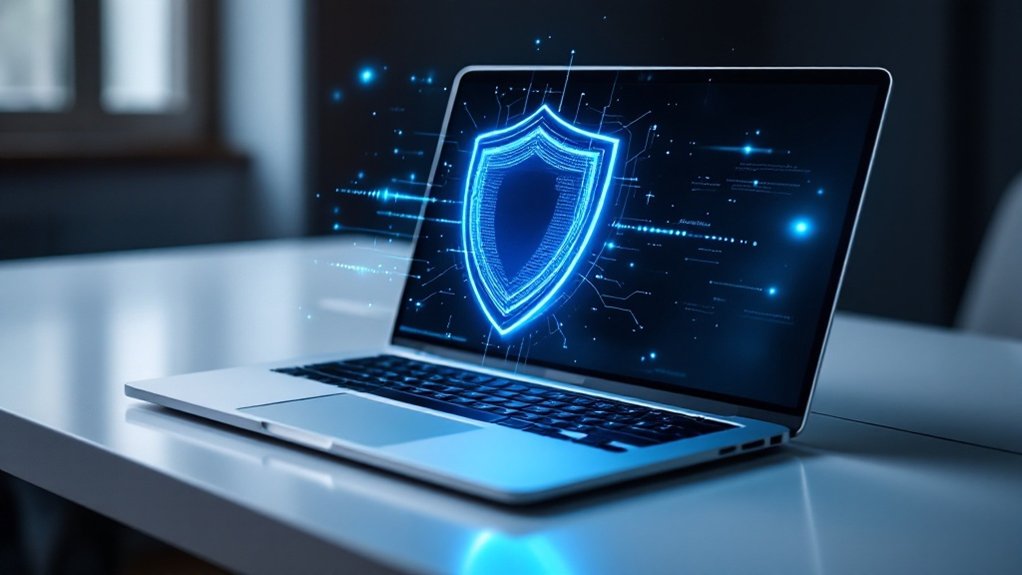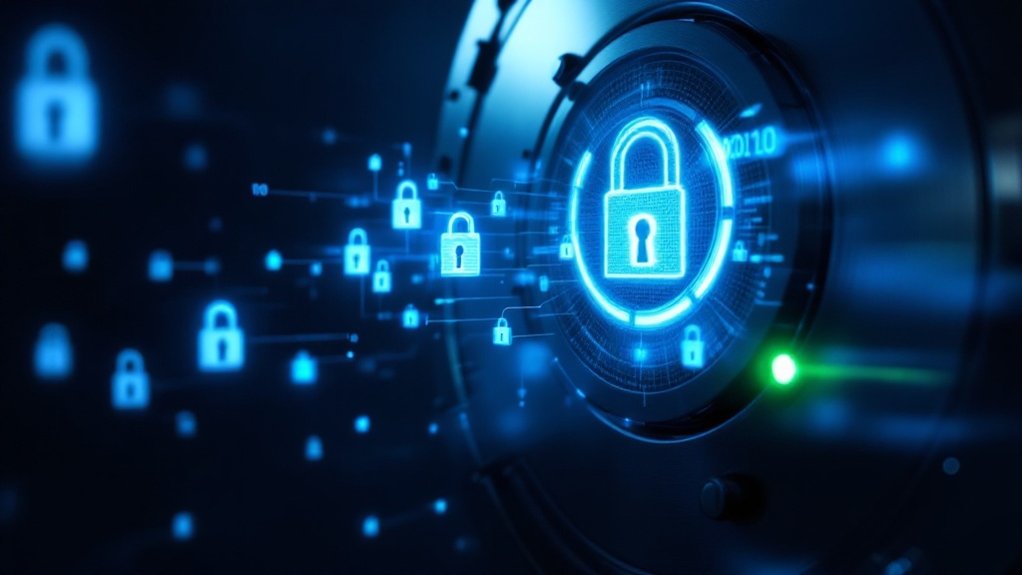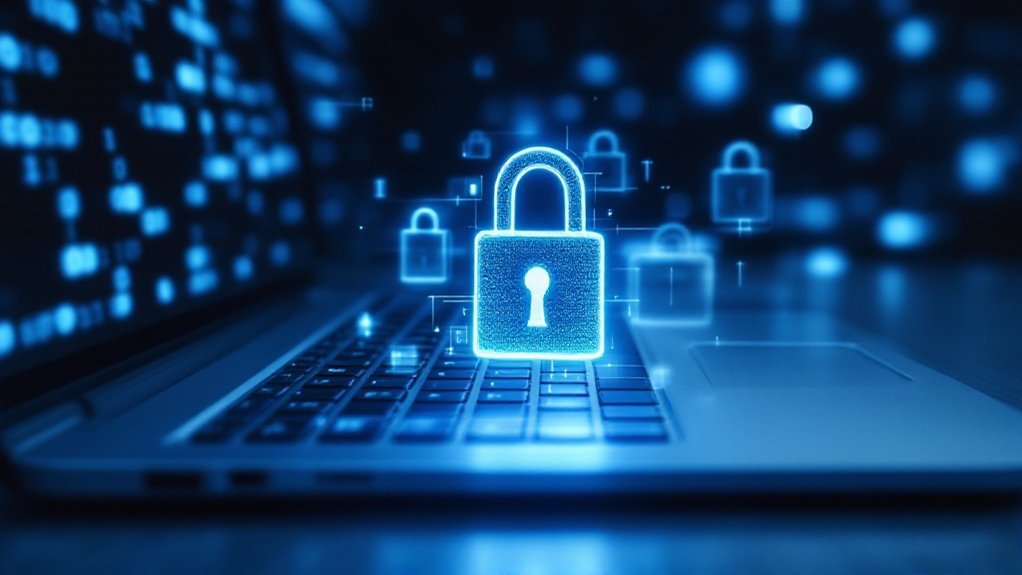Swatting is a criminal act where perpetrators make false emergency reports to trigger armed police responses at an unsuspecting victim’s location, typically costing emergency services around $10,000 per incident. Using caller ID spoofing and VoIP services, attackers often target online gamers, celebrities, and institutions with fabricated scenarios like hostage situations or bomb threats. These dangerous pranks have led to fatal outcomes, including a shooting death in Wichita, Kansas, and a heart attack in Tennessee, as law enforcement continues developing prevention strategies.

While law enforcement agencies across the United States grapple with an alarming rise in dangerous pranks targeting innocent victims, swatting has emerged as a particularly malicious form of criminal harassment that involves making false emergency reports to provoke an armed police response. This criminal practice, which originated in online gaming and hacker communities during the early 2000s, derives its name from the deployment of SWAT (Special Weapons and Tactics) teams in response to fabricated emergencies. Online gaming communities frequently see these incidents during competitive matches and livestreams.
Perpetrators typically employ sophisticated techniques to conceal their identities, including caller ID spoofing, Voice over IP services, and TTY relay technologies. These individuals often gather personal information through social engineering tactics to make their false reports more convincing, resulting in armed responses to fictitious scenarios such as hostage situations, bomb threats, or active shooter incidents.
The motivations behind swatting incidents vary greatly, ranging from ideological bias and revenge to mere thrill-seeking behavior. Some perpetrators pursue financial gain through ransom demands or paid services, while others target specific individuals or groups out of prejudice or perceived grievances. High-profile cases have affected celebrities like Rihanna and Justin Bieber, along with cybersecurity professionals and political figures. In 2023, 72 Jewish institutions received threatening swatting calls claiming violent incidents at their locations.
From revenge plots to thrill-seeking pranks, swatting perpetrators target victims ranging from A-list celebrities to political figures.
The consequences of swatting extend far beyond the estimated $10,000 cost per incident to emergency services. In 2017, a fatal shooting in Wichita, Kansas, resulted in an innocent victim’s death, while a 2020 incident in Tennessee led to a victim’s fatal heart attack during the response.
Survivors often experience lasting psychological trauma, and emergency responders face unnecessary risks during these fraudulent deployments.
Law enforcement agencies have begun implementing prevention strategies, including swatting registries and improved 911 call verification procedures. These efforts, combined with stricter legislation and better inter-agency coordination, aim to combat this growing threat.
Public education initiatives focusing on online privacy protection and personal information security serve as additional defensive measures against swatting attempts, together with law enforcement continuing to develop more sophisticated methods for identifying and prosecuting perpetrators.
Frequently Asked Questions
How Many Years in Prison Can Someone Get for Swatting?
Federal law imposes severe penalties for swatting offenses, ranging from 5 years for basic incidents to life imprisonment if death results.
Standard cases typically receive 3-5 years, whereas aggravated cases involving injuries warrant up to 20 years.
State penalties vary but can reach 10 years for felony charges.
Recent cases demonstrate this range, with sentences from 4 years for multiple threats to 20 years for fatal incidents.
What Happens to Minors Who Are Caught Making Swatting Calls?
Minors caught making swatting calls typically face prosecution in juvenile court, where consequences include potential detention in juvenile facilities, mandatory counseling, and community service requirements.
Courts may order restitution for emergency response costs, whereas offenders often undergo cybercrime awareness programs and psychological evaluation.
The severity of punishment varies based on factors including age, criminal history, and incident impact, with most juvenile records being eligible for sealing at age 18.
Can Police Trace Fake Emergency Calls Back to the Caller?
Law enforcement agencies can trace emergency calls, though technological challenges often complicate the process.
Although basic landline calls are easily traceable, sophisticated tactics like VoIP routing, caller ID spoofing, and international relays create significant obstacles.
Successful traces typically require cooperation between multiple agencies, telecom companies, and digital forensics teams. Modern tracking software and FBI resources allow authorities to identify perpetrators in many cases, in spite of deliberate attempts at concealment.
How Much Does a Swatting Incident Cost Emergency Services?
A single swatting incident typically costs emergency services $10,000 or more, with specialized SWAT team deployments averaging $1,000 per hour.
These incidents strain departmental budgets through multiple cost factors, including officer overtime, emergency response team deployment, specialized equipment usage, and post-incident investigations.
Data from Arizona and California police departments consistently shows costs exceeding $10,000 per event, contributing to significant annual nationwide expenditures in the millions.
Are There Ways to Protect Yourself From Becoming a Swatting Target?
Several protective measures can help individuals minimize their risk of becoming swatting targets.
Key strategies include limiting personal information online through strict privacy settings, securing digital devices with strong passwords and two-factor authentication, and exercising caution in online interactions.
Moreover, coordinating with local law enforcement to flag addresses as potential swatting locations and establishing emergency verification protocols provides a crucial layer of protection against false reports.









